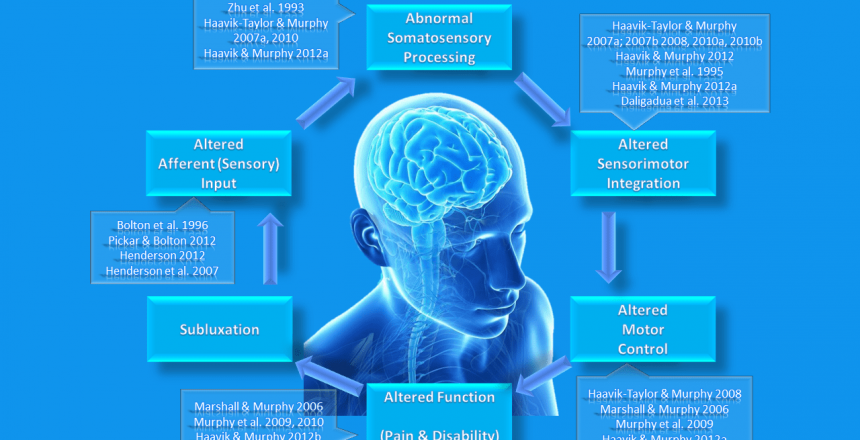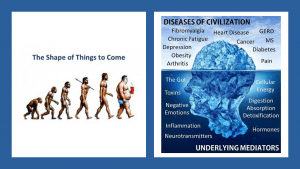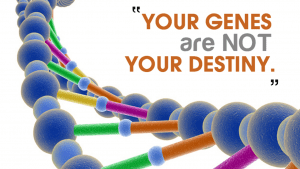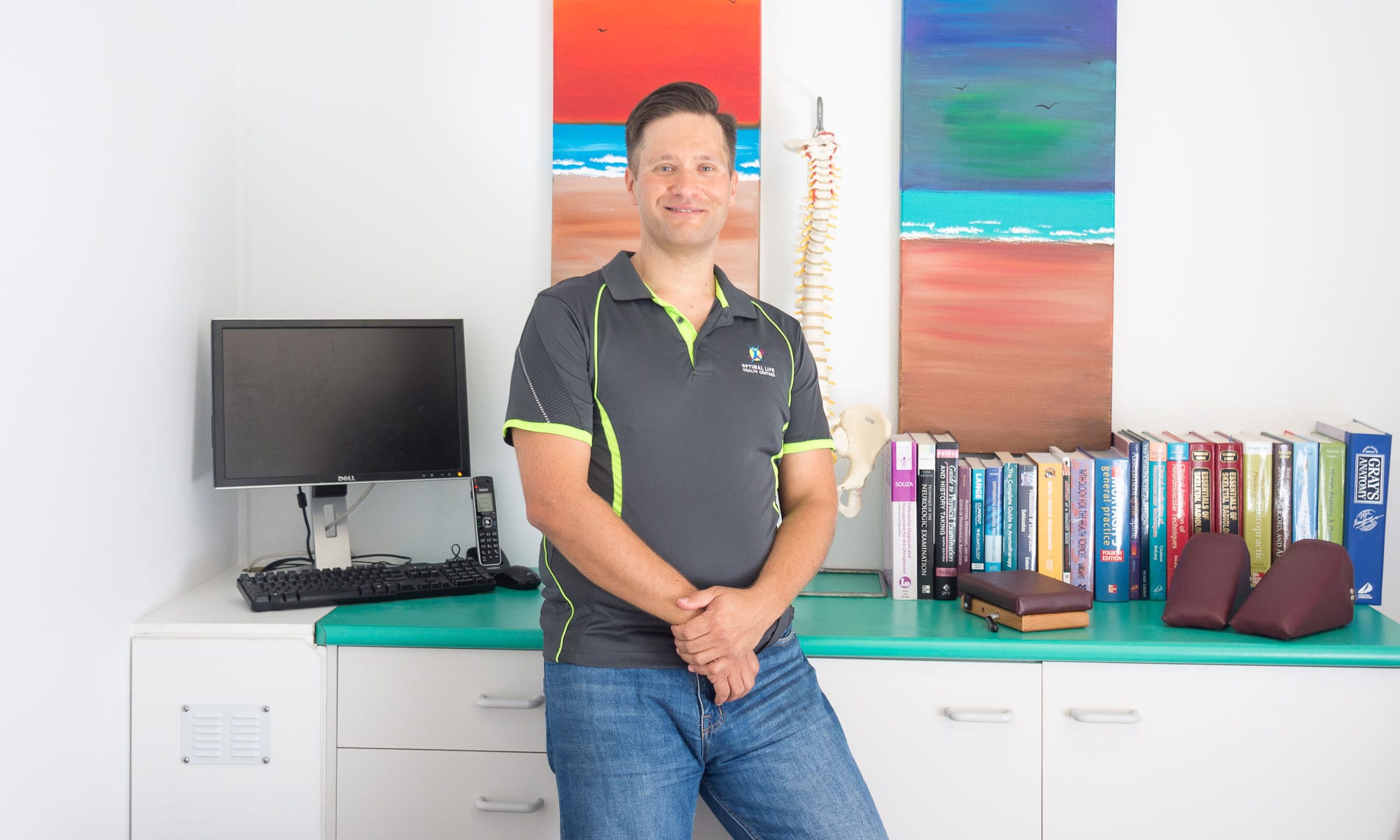Regular Chiropractic care is a healthcare choice MANY people add into their lives and then maintain for long periods of time, if not a lifetime – they choose to receive regular chiropractic adjustments because of the results they experience and the functional changes they experience in their lives.
Disclaimer: We MUST emphasise that we do not recommend unnecessary or excessive care. In our view you DO NOT NEED to see a chiropractor regularly, unless you would like to live in an OPTIMAL state of health and wellbeing, because an optimal state requires a nervous system operating in peak condition. The following rationale explores how regular Chiropractic care may contribute to a nervous system in peak condition.
If you have evidence of chiropractic subluxation we believe this indicates or justifies the need for a clinical intervention in the form of a chiropractic adjustment.
NECESSARY CONTEXT: THE PRIMACY OF YOUR BRAIN and NERVOUS SYSTEM:
Wellness or holistic chiropractors argue that developing better communication between your brain and body through the nervous system by necessity means that the brain is more efficient and accurate in its control of your body’s systems – if we accept that the body is self-regulating and self-healing, and that without our conscious awareness it can coordinate every aspect of our function, then it makes sense that improving this capacity to regulate and coordinate will improve overall health and wellbeing.
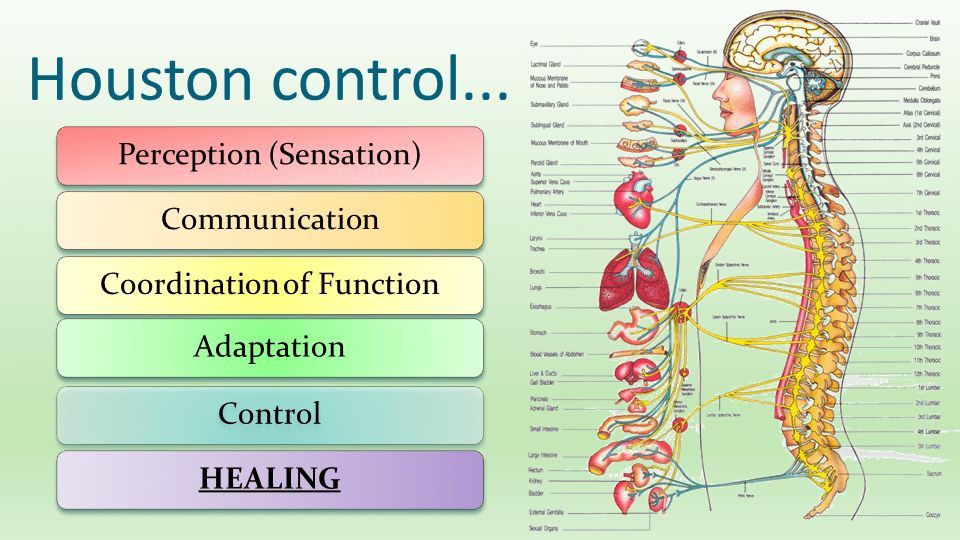
Every experience you have while alive – breathing, thinking, digesting, emotion, movement, memory, healing, coordination, balance, posture, stress, energy, focus (and so much more) comes about through the coordinated function of your brain and nervous system – it truly is the ‘master controller’ of all of life.
The brain and nervous system is continuously monitoring everything happening at every moment while you are alive and then making many infinitesimally small and constant adjustments to keep you functioning at your best.
Using the metaphor that the brain is a ‘super-computer’ – if you have garbage input (in the form of poor or inaccurate feedback), this will result in garbage output – and over time your body will show negative consequences from this.
NOT ABOUT BACKS and BONES:
Chiropractic is not about ‘back cracking’ or about clicking an ‘out’ bone ‘in’ – it’s about improving the flow of information (primarily sensory information) in loops from brain to body and back again.
Chiropractors are ‘brain and nerve’ docs not ‘back’ docs!
“If we could do what we do, by rubbing a knee, society might think of us as knee doctors! We focus on your spine because it is by far the most effective way to influence and interact with your brain and nervous system”
– Dr Ben Phillips
Your spine consists of 24 moving bones linked to your hips and skull at either end. Each bone in turn has up to 10 joints associated with it, some, or many of which can become compromised in a state of subluxation. The spine must provide both protection and stability, at the same time as controlled movement. This is a LOT it has to cope with. Nerve pathways exit between these bones. When these joints become dysfunctional (‘stuck’ or incorrect alignment or range of motion) it kicks off a cascade of dysfunctional changes to what is called the ‘afferent’ pathways of nervous system feedback.
NERVE MESSAGES and HOW THEY CAN CAUSE PROBLEMS:
The body sends two main forms of feedback (sensory experience, sensations) to the brain – mechanical feedback (technical term: proprioception) and ‘potential stress’ feedback (technical term: nociception) indicating a possible or actual need for a ‘fear/protection’ reaction (the presence of inflammation or some other form of distress). It is this latter form of feedback that, if processed by the brain and spinal cord in specific ways may become the emotional and spatial experience (feeling) of pain.
The mechanical feedback contributes to a ‘map’ that your unconscious brain is constantly keeping updated micro-second by micro-second – it helps the brain know where every part of you is in space and time and helps it construct appropriate controlling messages outward to all of your body’s structures, organs and cells.
The ‘potential stress’ feedback when received by the brain can begin or perpetuate a vast amount of change throughout the body, whether or not it becomes conscious pain.
These messages say to the brain “there is something wrong, or possibly something wrong here – pay attention!”
Every part of your body (from a joint or muscle, to a blood vessel or an organ) is always sending both types of feedback.
For this discussion, let’s just focus on joints: when moving correctly, the ratio of mechanical feedback to ‘stress’ feedback strongly favours the mechanical messages. These messages travel on thicker, faster, better insulated nerves and they get to the spinal cord before the ‘stress’ messages.
When they do, they block the stress messages and stop most of them from going any further. (This is referred to in the literature as ‘Gate Control Theory’)
Incidentally this is why if you hurt yourself you will often rub the area to reduce the pain you feel – by rubbing, you increase the mechanical messages and it decreases the pain messages!
When joints stop moving correctly (even just by fractions of a millimetre) the opposite occurs, the ratio of ‘stress’ feedback markedly outstrips the mechanical feedback, there is no ‘stopping’ of the feedback at the level of the spinal cord, and it takes a straight-line to the brain.
The brain reacts to this by going into protective mode to support the body while it attempts to heal and (hopefully) implement changes to the things that caused the dysfunction in the first place.
EFFECTS OF NERVE SYSTEM DYSFUNCTION:
This protective mode is usually undetectable to most of us at first – until or unless the brain cannot successfully resolve the issue (often because our lifestyle choices increase or perpetuate the insult and we continue to aggravate the situation).
This effect builds up over time like straws on the camel’s back resulting in things like: pain, inflammation, tense muscles, reduced or improper movement, and so much more. Eventually it may result in overt injury or disease.
Your body tries to adapt to these ‘straws’ and by doing so, it often compromises its normal function; it also can’t respond as effectively as it otherwise would when you experience a traumatic event!
This is just one very clear example of the ‘garbage in’ which then results in improper outward control from brain to the rest of the body.
Less efficiency means bad use of resources – overuse and underuse in some circumstances.
Perhaps most importantly this ‘stress feedback’ (whether or not it is processed to the point of conscious awareness of pain) alters brain and hormonal function – it initiates and/or maintains the ‘fear & protection reaction’ (historically called the fight/flight alarm reaction).
This may lead to a dominance of one side of the unconscious automatic part of your nervous system (technical term: Sympathetic Dominance).
This imbalance of the normal control systems changes the order, priority and general function of your organs, and all the other things happening inside your body that you don’t have to think about - most of life, really!
This in turn can have a significant impact on various functions in your body, from obvious muscle tension, to postural distortion, to increases in adrenalin and cortisol production. Left in play for too long, these and other effects can become abnormal self-fulfilling loops (technical term: ‘positive feedback cycles’) and a lack of ‘ease’ or appropriate function of body systems is the result.
For more detail on the physiology (impact) of chronic negative stress on your body, click here.
This process may contribute to the development of a range of disease entities or other syndromes of dysfunction.
Chiropractic care does not claim that it can treat, cure or fix these disease processes or syndromes (like our critics often suggest we do!).
Instead by helping you normalise your body’s function and teaching you healthier life behaviours and choices, nervous system efficiency can be restored and the self-healing capacity we discussed at the beginning of this article may be restored.
Clearly this is not envisaged to be, nor will it have success as a ‘one-off’ or a ‘quick-fix’!
It requires repetition to have most benefit – to truly ‘teach’ or ‘remind’ the brain and nervous system to return to better, more balanced function.
We believe this rationale just makes sense!
However it is ALWAYS YOUR CHOICE whether you choose to have regular, ongoing chiropractic or not.

